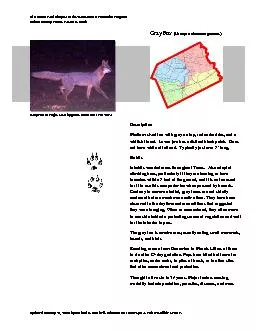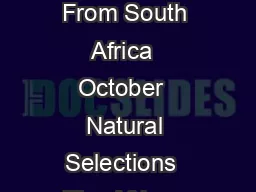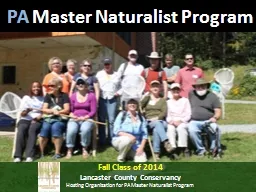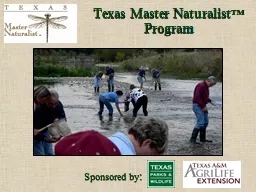PDF-El Camino Real Chapter of the Texas Master Naturalist Program ...
Author : luanne-stotts | Published Date : 2015-11-24
Milam County Nature Resource Book Updated January 28 2009 b y Michael V Mitchell Information courtesy US Fish Wildlife Service Gray Fox Urocyon cinereoargenteus Gray
Presentation Embed Code
Download Presentation
Download Presentation The PPT/PDF document "El Camino Real Chapter of the Texas Mast..." is the property of its rightful owner. Permission is granted to download and print the materials on this website for personal, non-commercial use only, and to display it on your personal computer provided you do not modify the materials and that you retain all copyright notices contained in the materials. By downloading content from our website, you accept the terms of this agreement.
El Camino Real Chapter of the Texas Master Naturalist Program ...: Transcript
Download Rules Of Document
"El Camino Real Chapter of the Texas Master Naturalist Program
..."The content belongs to its owner. You may download and print it for personal use, without modification, and keep all copyright notices. By downloading, you agree to these terms.
Related Documents














